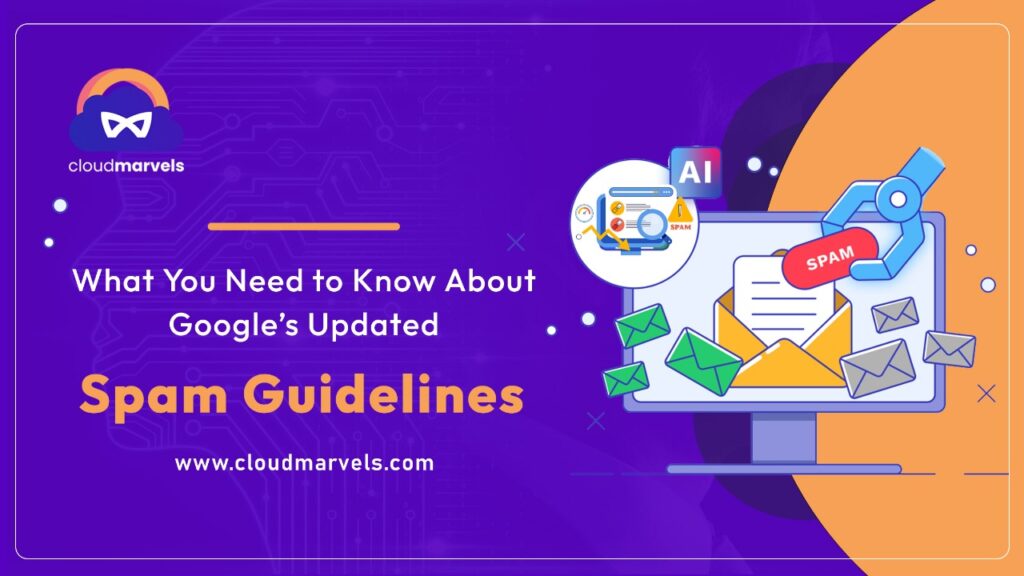Google has recently updated its spam policy documentation, providing clearer explanations, added details, and a more concise layout. The most significant update includes a new definition of site reputation abuse, while additional insights have been added on manual action consequences. These updates aim to make the guidelines easier to understand and apply, offering valuable lessons for anyone looking to refine their own content.
Key Changes in Google’s Spam Documentation
Google made several notable changes to its spam policy, including the addition of new concepts, improved definitions, and streamlined language. These updates are aimed at improving the clarity of the documentation and making it easier for site owners and SEOs to follow.
1. More Information About Site Reputation Abuse
A major change is the addition of a clearer definition of “site reputation abuse.” Google now specifies that first-party oversight means close involvement in content creation or generation, which excludes third-party services like “white-label” solutions that aim to manipulate search rankings.
2. New Details on Manual Action Consequences
Google has added more detail about the consequences of continuous spam violations. One of the key updates is that Google can escalate actions by removing additional sections of a site from search results.
3. Change from “Thin Affiliate” to “Thin Affiliation”
The concept of “thin affiliate” pages has been replaced with “thin affiliation.” The updated definition expands on how content with affiliate links can lack value if not properly supplemented with unique, relevant information.
4. More Appropriate Introductory Sentences
Google has refined the introduction of its spam policy documentation by starting with a clear definition of spam, which better sets the context for the subsequent guidelines.
5. Consolidation of Words: Practices and Spam Practices
In the interest of conciseness, Google has merged phrases like “content and behaviors” into the simpler term “practices.” This consolidation enhances readability and understanding, especially in technical sections.
6. Increased Use of the Term “Abuse”
The new documentation heightens the use of the word “abuse” to describe harmful spam activities, such as “doorway abuse” and “hidden text and links abuse.” This change helps reinforce the negative impact of such practices on user experience and search rankings.
7. Improved Conciseness and Clarity
Many of the updated sections have been rewritten to be more concise, stripping away unnecessary information and getting to the core message. For instance, the section on link spam has been shortened from three sentences to one, making it easier to digest.
8. Enhanced Communication on Machine-Generated Traffic
Google has revamped the section on machine-generated traffic by focusing on its definition rather than the impact on Google’s resources. The new version offers a clearer explanation of what constitutes automated traffic.
Content Refresh vs. Rewrite
It’s important to note that these updates are not a complete rewrite of the spam documentation but a significant refresh. Google has added new details while also simplifying and clarifying the existing information. These changes offer a blueprint for content creators looking to refresh their own material by making it more concise, clearer, and more informative.
By examining these updates, you can find ways to improve your own content, ensuring it remains relevant, understandable, and aligned with the latest SEO practices.
For more details, you can check out the updated spam policies in Google’s official documentation.














